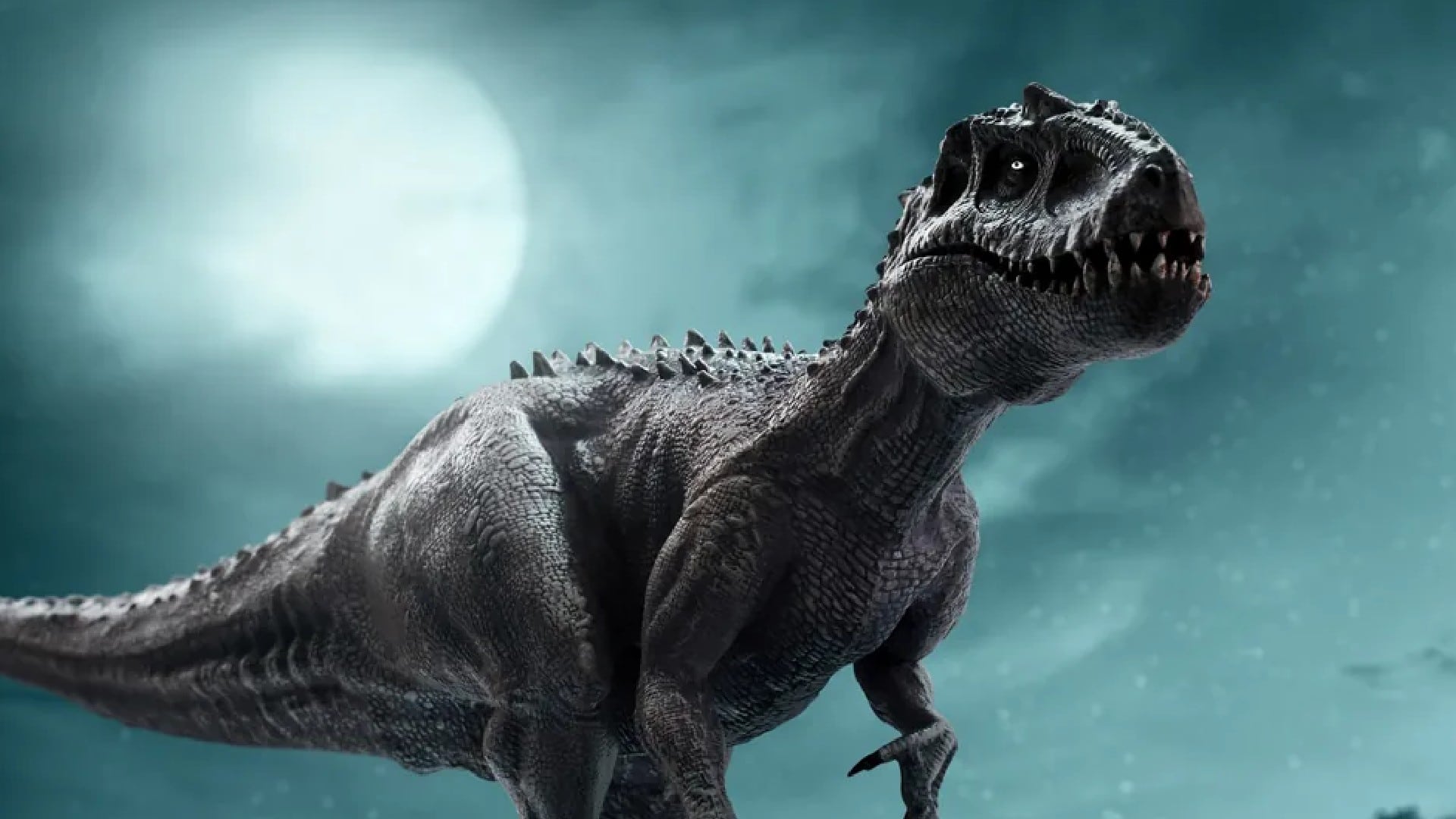There’s some new exciting news in the world of paleontology! New species have been discovered by paleontologists called microsaur from a 308 million years old fossils.
As published by AFP, the new species’ microsaur’ is a small, lizard-like animal that inhabited the Earth before dinosaurs made their debut. Microsaurs lived in the Carboniferous Era, when the forebears of modern mammals and reptiles, called amniotes, first appeared.
Smithsonian Institution Post-Doctoral Research Fellow Arjan Mann Stated, “Microsaurs have lately been recognized as vital in perception the origins of amniotes,”
“A lot of these microsaurs have been thinking to be both ancestor of amphibians or ancestors of reptiles.”
Researchers also used compassionate imaging techniques called scanning electron microscopy (SEM) to a closer look at the fossil.

In other associated news, scientists recently observed a preserved dinosaur sitting atop a nest of its very own eggs with fossilized infants inside, for the first time ever. The findings have been published as a scientific paper in the journal Science Bulletin. The fossil consists of an incomplete skeleton of a large, most likely grownup oviraptorid crouched in a bird-like brooding posture over a snatch of at least 24 eggs.
Another study concluded that 2.5 billion T-Rex traveled around the Earth over the course of that time, not all at once, but with about 20,000 at any given time. Scientists made assumptions based on body size, sexual maturity, and the creatures’ energy consumption. They estimated the amount of energy T-Rex needed to stay alive and added their assumptions.
The cover image is for representation purposes only.
